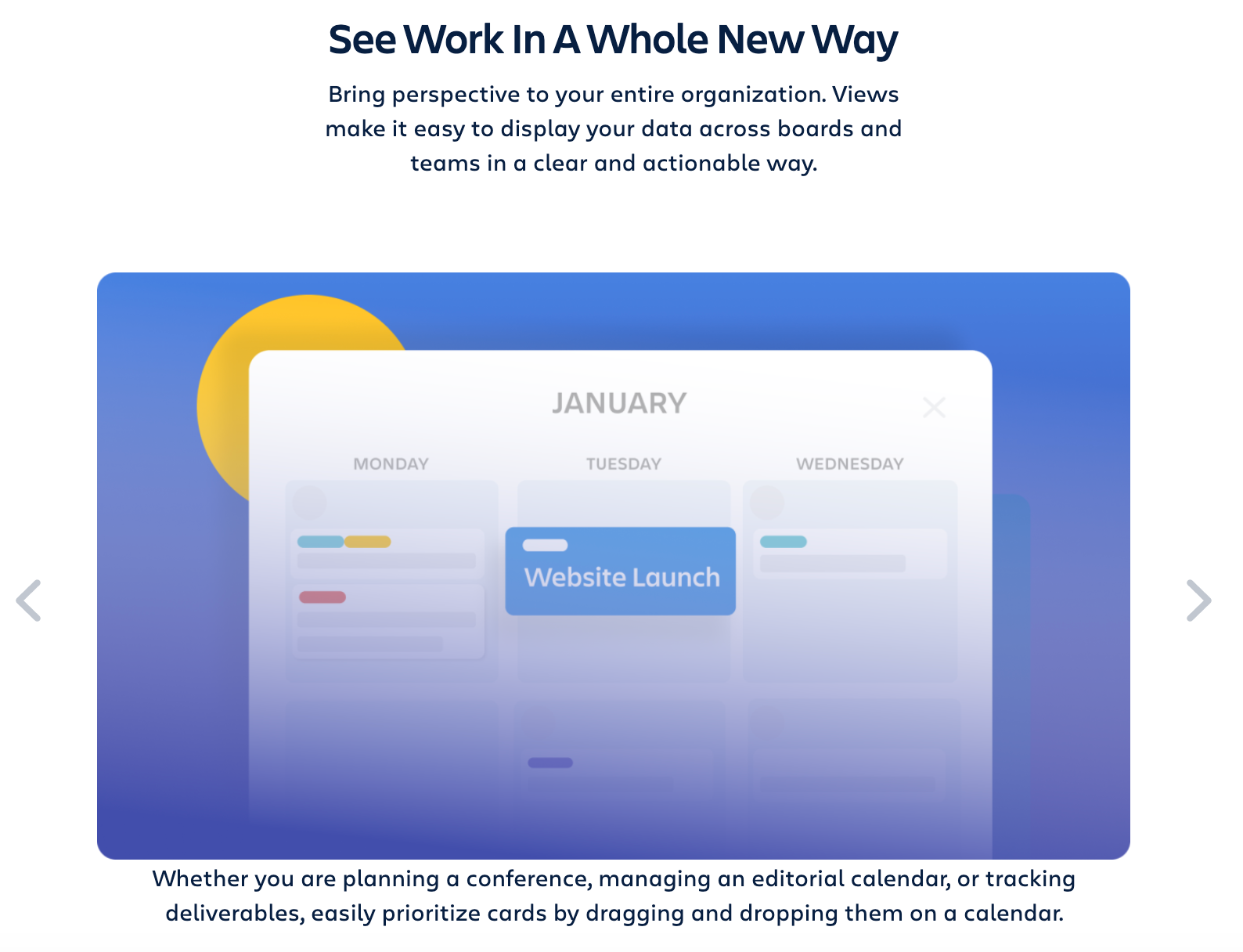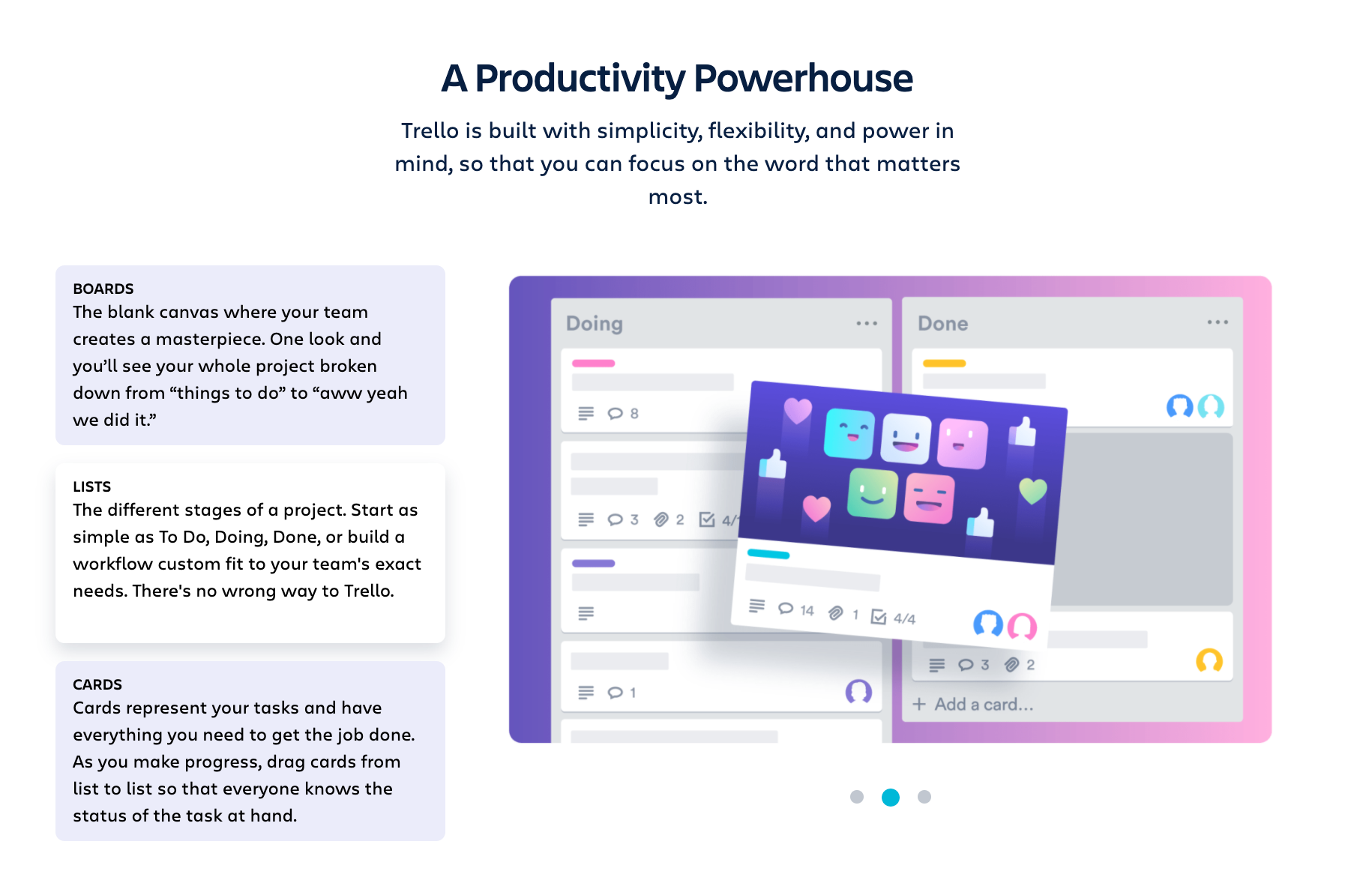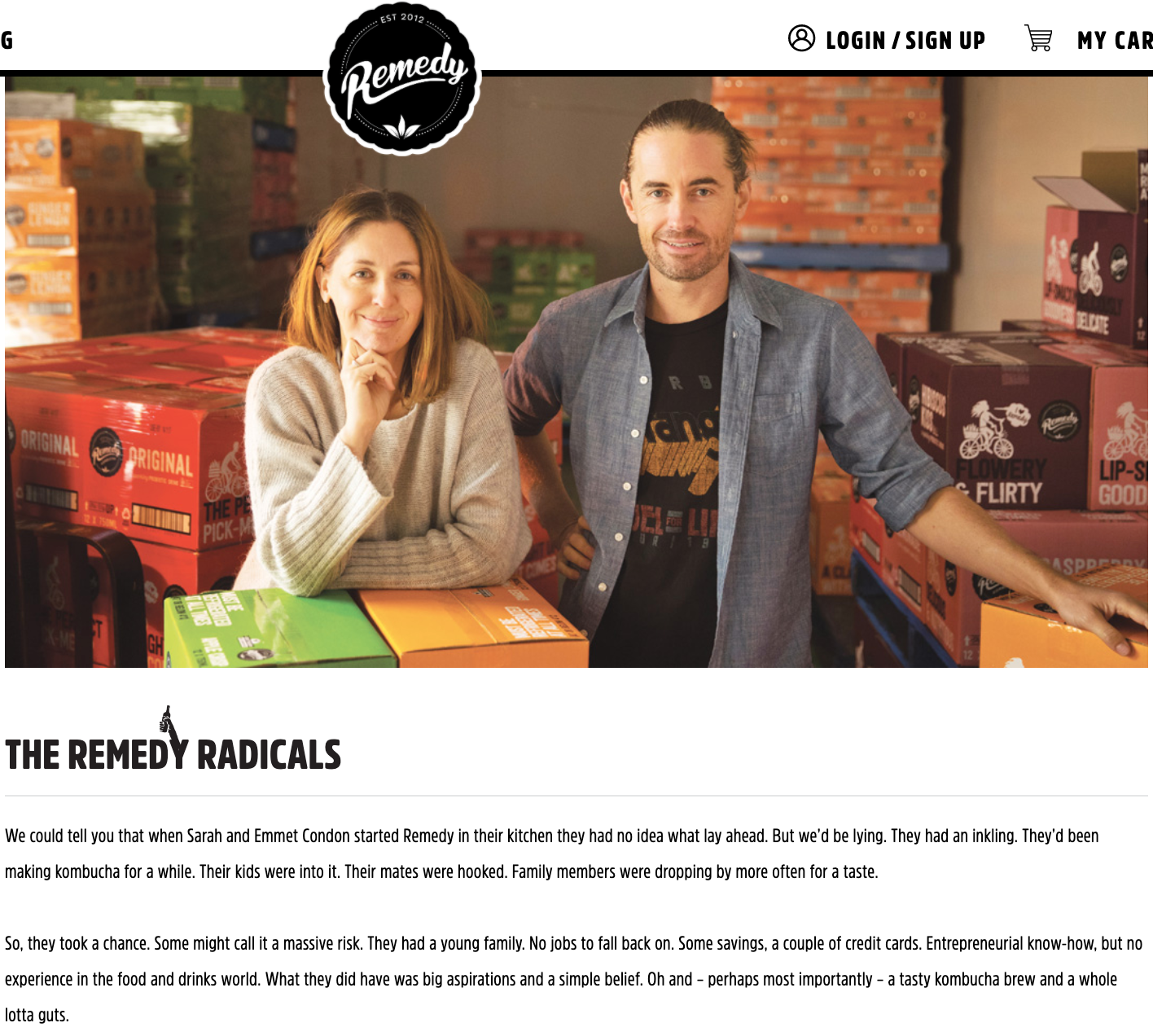Content strategy that speaks: unique brand voice
We all know ‘voice’ when we read it. Voice is what you ‘hear’ while you read words – it’s the unchanging character and richness that sits beneath different ad campaigns, brochures, web copy, social media updates, white papers, news media stories and product instructions.
Voice, tone and style are all elements of content strategy that help define a way a brand expresses itself, though voice is possibly the hardest to nail.
Tone is relatively easy to grasp for writers – it sums up the context of content, for example by being informal, friendly or humourous. Style is closely linked to tone and refers to the mechanical and technical aspects of writing like spelling, capitalisation and the titles you give people or products in your copy. Voice, however, is the magic that makes content come to life, particularly screen-based content.
Style, tone & voice: killer content strategy ingredients
Voice needs to be consistent yet elastic enough to evolve in different contexts. For example, the voice used in a Tik Tok caption may differ slightly to the voice used on a website About page or an Instagram caption, though all three examples must make the reader feel like that the voice is the same.
Voice is something that a user or reader feels comes from one character who acts consistently but may have different expressions in different digital contexts.
It helps to think of voice as being a little like Hannibal Lecter in Silence of the Lambs. Hannibal is utterly the same every time you hear and see him, whether he is behind bars, tormenting Clarice or plotting to take down his captors. Yet Hannibal’s voice varies subtly depending on his power in any given situation.
Voice needs to be strong enough to come from one place, yet fluid enough to adapt to digital, print-based or sales contexts. Voice, has to be as real as a protagonist in a novel that you can see in your imagination.
Finding the right voice for a brand or business is what makes copy truly sing and connect with an audience. Voice - and its close cousins, tone and style - can be the spark or the one thing an audience remembers long after they’ve left a website or a brochure behind.
Some companies think using jargon or ‘weasel words’ that sound hip and cool makes their business voice sound authoritative.
“Multitouch attribution needs holistic scope to track a true consumer experience and report back key findings”. Err, nope. That’s not how to use voice.
“Let’s measure what matters: understanding the consumer experience.” That’s a little better.
Jargon has no place in carving a unique brand voice.
Examples of a distinctive business voice
TRELLO - Drop the no-longer-so-sticky notes to see everything in a single glance
Trello is the best free project management tools to get stuff done, and it’s UX copy clearly explains it. Trello’s voice neatly sums up the hassle and horror of trying to organise a project, with the promise of “Simple on the surface, with more under the hood.”
The description below uses less than 100 words to sell the dream of Trello, while also explaining the problem it solves and the promises it is prepared to make. I like it ...
Project management tool Trello has a distinctive voice using evocative terms like ‘clunky’ and “no-longer-so-sticky notes’.
Trello has undergone even more Tone & Style transformation under the ownership of Atlassian.
Getting into more detail to explain features of Trello
Explaining software products takes plenty of clever content design
REMEDY DRINKS - your friendly booch maker
Kombucha is my favourite thing since the 1990s brought me Diet Coke. My yoga teachers got me on to it. I thought it was a sugary drink like everything else in one of those cold glass fridges, but once the yogis explained the fermentation process ate most of the sugar from kombucha, I had one sip and was hooked.
Then I saw Remedy’s copy. It could go further to explain more, but it does a pretty good job at demystifying this ancient fermented drink of kombucha.
Carefully sourced and full of goodness
The About page has a strong voice to it
Note the friendly way Remedy nicknames kombucha “booch” and then the copy emphasises old-fashioned and old school with a clear and modern sassiness that speaks openly to “horribles, terribles, artificials and unmentionables”. Nice.
SLACK - it used to be less busy but now it gives you power and alignment
The workplace chat tool Slack used to feel like a ‘friend’ helping you get stuff done. The image below is from Slack’s older landing pages, where it promises to solve team communication problems.
This was the original promise of Slack, back when I first started using it. The voice was clear but friendly and oddly reassuring that the chaos of collaborating at work could be solved with this sassy new digital tool.
More recently, the landing page for Slack has been hijacked by a more corporate voice that’s lost some of its unique tone.
See the image below for Slack’s newly revised promise, which some corporate marketer probably told them is has more “cross-functional and multitouch attribution appeal” to appeal to regular nine-to-five office workers.
Caption: Using words like “power and alignment” totally changes Slack’s voice. It makes it sound like a big business tool, hardly the same cool tech friend that helped you get shit done at work.
Slack’s new messaging
I don’t like the newly reworked Slack voice as much as the original version, but maybe I’m not meant to. And that’s the OTHER great thing about voice - it can help you weed out the non-ideal customers while fertilizing ground for your ideal customers.
VOICE IS ALL ABOUT BREAKING RULES FOR THE RIGHT REASONS
The basic rules of copywriting always apply:
· Understand your audience and know what task or job they want to get done
· Omit needless words
· Use plain English
· Be clear, concise and add meaning and value to the words
· Start sentences with an action word
The rules of voice must still follow the copywriting rules listed above, but may also:
· Be unafraid to make up a word or phrase that will appeal directly to an audience and help you stand out from the competition
· Use the vernacular, as long as people are clear on what non-dictionary phrases or words actually mean
· Paint an emotional or visual picture with the words
VOICE NEEDS CONSISTENTLY
Brochures, ads, outdoor advertising, TV, print, social media, websites and articles are all vehicles delivering marketing messages. It’s very hard to unite the different specialists developing creative copy for different mediums. This means voice tends to get mangled when trying to communicate across different mediums.
Take a look at Slack’s Australian billboard campaign
The outdoor campaign arguably explains more than the new homepage of Slack, showing how Slack works with the visual of the chat messages behind Mr Pink Shirt and using a totally different tagline of “That’s collaboration in Slack”.
As marketing evolves to being “always on” rather than campaign-led, it’s vital to speak with a clear voice that appeals across mediums. It also might have made more sense to use the same taglines across all platforms, but hey, maybe that’s just my personal preference.
SOME QUESTIONS TO ASK TO FIND THE RIGHT VOICE FOR A BUSINESS OR BRAND:
Finding the right voice - and underpinning that voice with a clear and consistent messaging framework - isn’t always easy. But going through the following questions can help uncover and then develop it.
1. What are the company values?
Which the adjectives that sum up the way you do things at your company? Think of words like authenticity, trust, passion, innovation and then select just one to describe them.
2. What does the company do and why?
Can you describe what your company does in less than 10 words? It’s good if you can …
3. Who are your customers or community?
What do you want to say to them and what do you want them to think or feel about the business?
4. Is there a perspective, message or tagline to describe everything and tie it up with a bow?
Taglines are short, memorable phrases that create a foundation for brand and voice.
· Apple: Think Different
· VB: For a hard-earned thirst
· UNIQLO: Made for all
· Compare the Market: Simples
· Berger Paints: Keep on keeping on
Message statements or perspectives can be more vague but used internally to align staff in the same direction. Message-style descriptors can also be good for SEO, helping search engines understand more of the context about a brand or business.
· NRMA: There for you
· Bunnings Warehouse: Lower prices are just the beginning for Australia’s DIY, Garden & Hardware store
· Wesfarmers: Delivering value today and tomorrow
· Microsoft: At Microsoft our mission and values are to help people and businesses throughout the world realize their full potential.
As Joseph Conrad, a Polish-born writer who couldn’t even speak English until his 20s but became an English literature legend, once said:
“You perceive the force of a word. He who wants to persuade should put his trust not in the right argument, but in the right word.” And maybe the right voice ...










